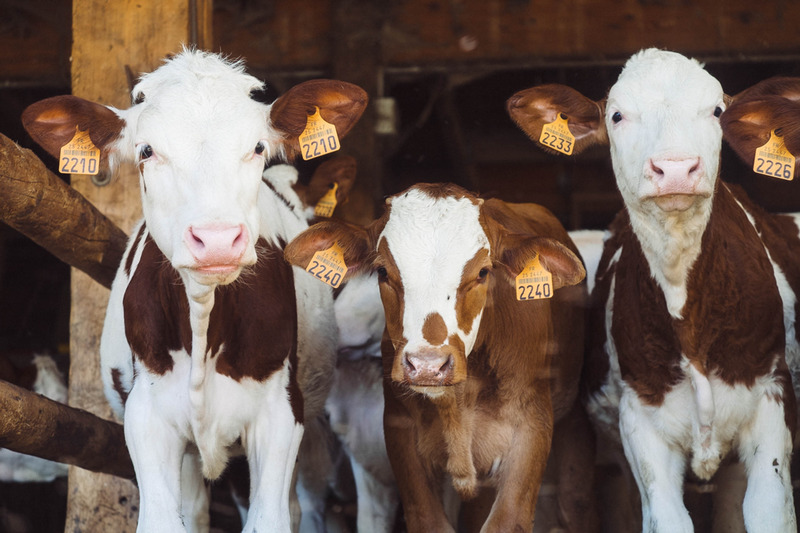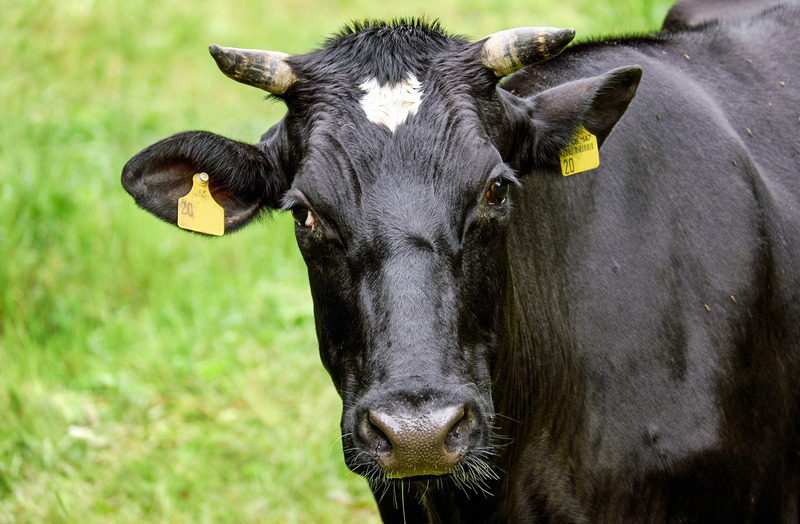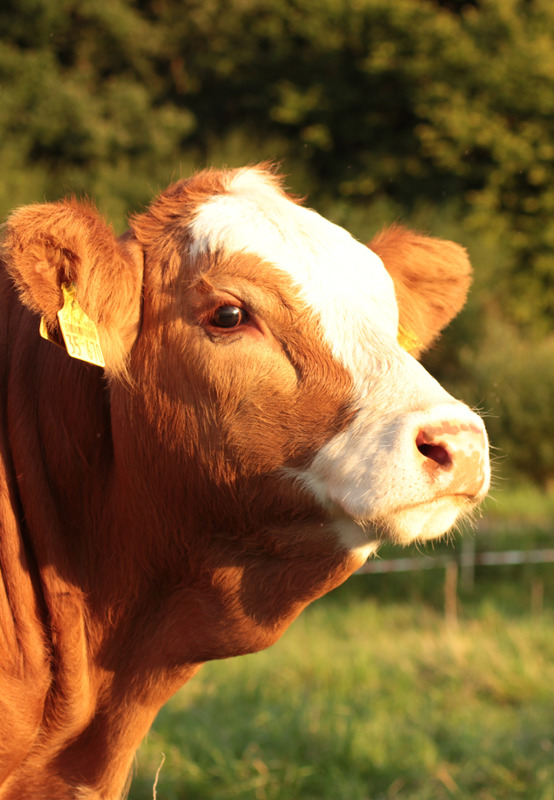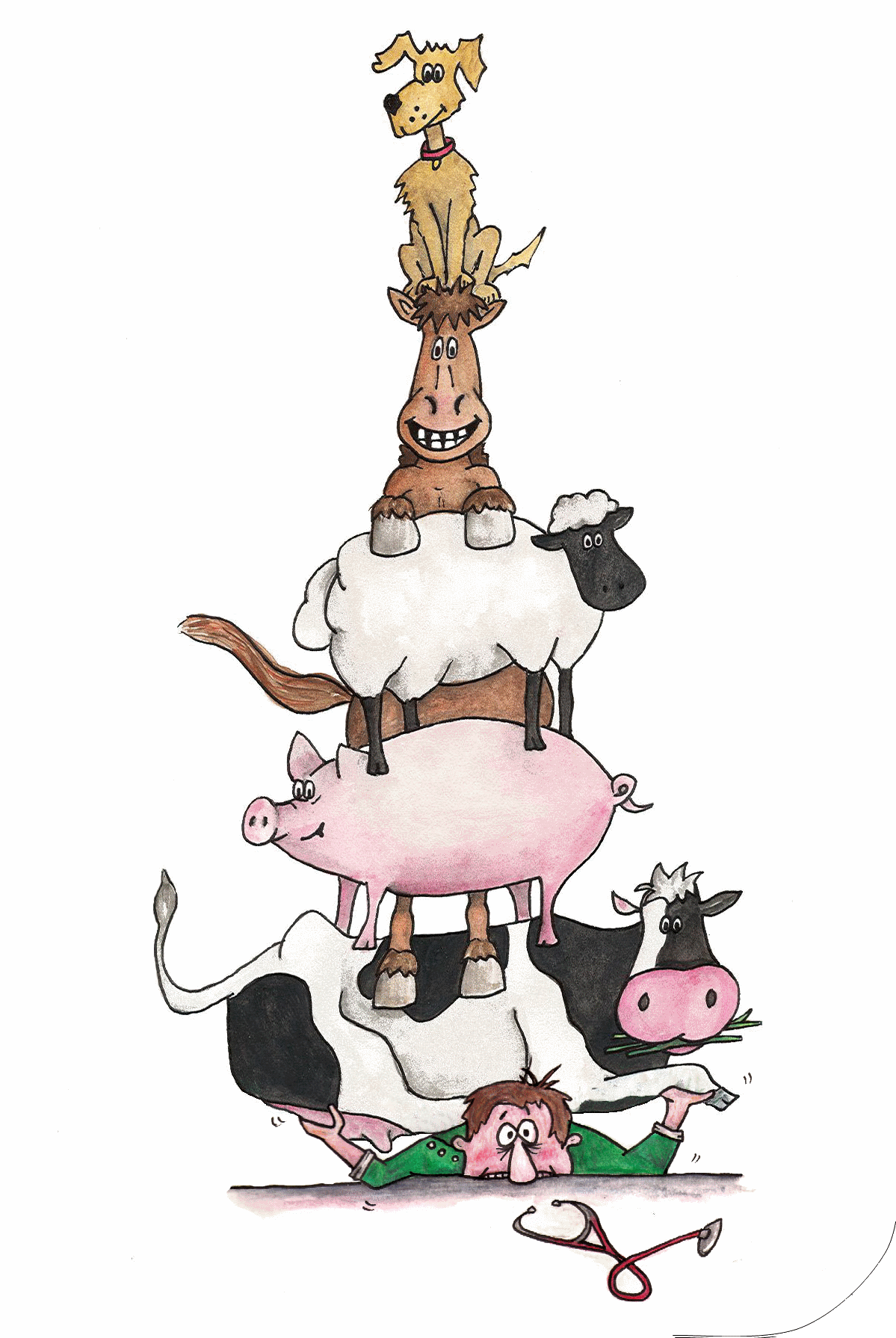The Role of the Vet in Encouraging the use of Pain Relief in Cattle
Matt Swanborough (Norbrook ) - 31/05/2018
The Role of the Vet in Encouraging the use of Pain Relief in Cattle
With veterinary and farming industries under ever-increasing pressure to reduce antibiotic usage, the role of the vet in educating clients, in both disease prevention and appropriate treatment protocols, has never been more important. Veterinary surgeons share an unquestionable level of responsibility for the health and welfare of any livestock under their care, and prevention of pain is central to this.
It is widely accepted that cattle experience pain in both a physical and behavioural sense. You do not have to delve deep into the literature to find studies that support justifying the use of non-steroidal anti-inflammatories (NSAIDs) to prevent and treat pain and inflammation. Assuming they are used appropriately, NSAIDs can decrease suffering, increase productivity and help reduce the reliance on antimicrobials; something we should all be focusing on due to increasing antimicrobial resistance concerns. In 2016, Norbrook surveyed vets and farmers to investigate current practices and attitudes around analgesia. When asked why farmers would use pain relief, some might have expected increased profitability to be high on the list. However, an overwhelming 83 per cent said better welfare was the main reason for controlling pain.

Despite this, a survey by Hambleton and Gibson in 2017 showed that only 14 per cent of farmers are using NSAIDs for calf disbudding procedures1. About 49 per cent of vets in the same survey said in addition to local anaesthetic, NSAIDs should be compulsory for this procedure1, promoting a multi-modal approach that is now encouraged by the British Veterinary Association2. If it is widely agreed that NSAIDs should be used more often, why are there not more farmers routinely using them? This emphasises the need for more education about how to recognise the signs of pain, and how to treat pain effectively.
The list of potential indicators of pain is long. Pain recognition is something that is universally challenging across all veterinary fields, but even more so in stoic species such as cattle. Signs of pain can include inappetence, decreased standing time, vocalisation and an altered facial expression. Whilst farmers are often better placed to recognise these subtle changes, we must enable them to predict what conditions and procedures are likely to be painful. Other measurable indicators, such as pyrexia, can also be useful as a more definitive way to determine if NSAID treatment is necessary.

There are several licensed NSAID options available for farmers to use; the decision as to which NSAID should be used should be determined on a case-by-case basis. Products will vary in their speed and duration of action, potency, withdrawal periods, licensed indications and additional properties (e.g. anti-endotoxic effect). Veterinary surgeons should discuss standardised protocols for multiple conditions and procedures, and ensure farmers have easy access to these medicines. Perhaps the best time to have this discussion is during a farms annual health plan review. Health plans are often dismissed by the farmer as ‘just another folder of information’ but the value they can potentially offer to clients should not be underestimated. As well as reviewing said protocols and identifying areas that could be improved upon in order to reduce the number that require treatment in the first place, it is an excellent opportunity to review a farm’s medicine usage. Although, this is something that should already be happening to ensure responsible antibiotic prescription and usage.
Health planning time is an ideal opportunity to find out if a farmer knows how the medicines in his or her drugs cabinet work. Are they using the right medicines at the right time, at the right dose, for the right duration? Are farmers fully aware of withdrawal periods and how they can be altered through off-label use?

Withdrawal periods can sometimes deter NSAID use yet, in reality, withdrawal periods are usually superseded by antibiotic treatment. In addition, zero milk withhold NSAIDs are readily available as an option for those that don’t require concurrent treatment. Even once the cost of treatment and any withdrawal periods are considered, the benefits of treatment will often outweigh the expense. While benefits are difficult to fully quantify, table one highlights a small number of the papers justifying NSAID use in cattle of all ages. These studies are often inaccessible to farmers, so vets must endeavour to relay that information to their clients. Practice newsletters, evening client meetings or smaller focus groups can be a good way to achieve this and can provide an excellent platform for informed education across all aspects of pain relief. Remember also that 83 per cent of farmers surveyed said better welfare was the main reason for controlling pain.
|
|
Procedure/ condition |
Author(s) |
Study outcome |
|
Calves |
Disbudding |
Heinrich A. |
Administration of a NSAID at the time of disbudding resulted in reduced pain response as well as a lowered stress response. |
|
Pneumonia |
Guzel M. & Friton G. |
NSAIDs have been shown to reduce temperature for up to 24 hours, improve clinical signs, reduce lung pathology and increase average daily weight gain. |
|
|
Adult cattle |
Lameness |
Thomas H. et al. (2015)
|
After correctively trimming a freshly lame cow, administering either a NSAID or the combination of a NSAID and application of a corrective block increased the likelihood of recovery 35 days after treatment. |
|
E.coli mastitis |
Vangroenweghe F. et al. (2005)
|
NSAIDs administered to cows diagnosed with E.coli mastitis resulted in reduced temperatures, reduced inflammation of the udder and earlier improvement of clinical signs. |
|
|
Caesarean |
Barrier A. |
Opinion on cattle pain relief has continued to improve over recent years and it is important that veterinary surgeons continue this momentum. Veterinarians are ideally placed to help farmers better recognise the signs of pain, understand what conditions and procedures are likely to be painful, and understand how to manage pain, Norbrook has produced a ‘Best Practice Guide for Pain Management in Livestock’ which covers some of the evidence available around use of NSAIDs in farm animals. Both vets and farmers can download this from the Norbrook website at www.norbrook.com/resources

References
- Hambleton S. and Gibson T. (2017) Study investigating the attitudes and opinions of cattle farmers and veterinarians in the UK on the use of no-steroidal anti-inflammatory drugs (NSAIDs) for post-disbudding analgesia of calves, Animal Welfare, Volume 26:3, 322-333.
- British Veterinary Association and British Cattle Veterinary Association (2017) Analgesia in calves. Published summary statement.
This article is kindly provided by Norbrook Laboratories and was written by Matt Swanborough MRCVS, Veterinary Advisor for Norbrook Laboratories.





